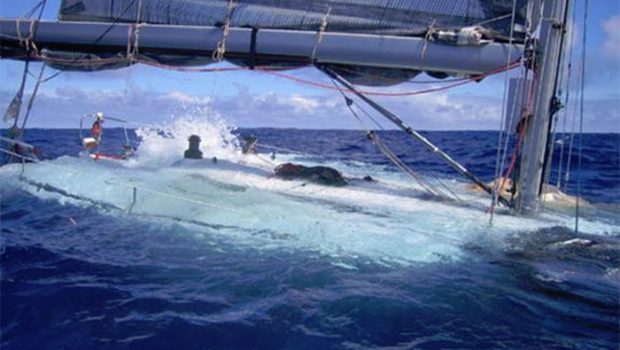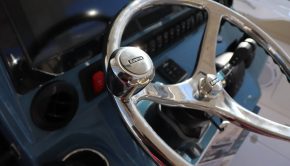Match pump capacity with sailing plans
Published on April 9th, 2018
Knowing what you have for bilge pump capacity is an important step before setting off on an offshore adventure, and the type and length of the adventure should help determine the pump capacity you need.
As the industry leader in pump manufacturing, Edson International Chairman Will Keene chimes in on this important topic.
While Bilge Pumps are fundamental onboard equipment, it is imperative to also know the capacity of your Electric Bilge Pumps and your Manual pumps.
Pour a known quantity of water into your bilge (50-100 gallons), measure the waterline so you can mark it later. Turn on your Electric Bilge Pumps and record the time vs. quantity of water to get the “actual” capacity of your current pumps.
Go back to the bilge and put a waterline and the # of gallons it represents, red fingernail polish works well for this, add reference lines above and below the capacity line. These lines can be critical as they allow you to see if you are gaining or losing the battle of de-watering your vessel which can be the difference between a” Pan-Pan” or a “Mayday“ call.
Do the same test with your Manual Pump, but use less water, perhaps only 25 -30 gallons of water to your bilge for this test, I suspect you will be surprised at how many strokes of your Manual it takes it takes to remove that amount of water; the capacity of a manual pump should always be stated as “volume per stroke.”
Manual Pumps need to be installed in a way that allows you to pump for long periods of time if necessary. Sustainable pumping action is the true measure of a proper Manual pump.
This only scratches the surface of de-watering a boat but this additional checklist will add more valuable information you should know before you decide to add or replace any pump onboard your vessel.
Comment: It is often suggested to lengthen the handle of a Manual pump to improve efficiency. While longer handles may seem like a quick solution, if you break the drive arm socket, or rip the diaphragm, you have only made matters worse. Pumps are typically designed and engineered for the handles they are sold with – check with the manufacturer before making modifications. – Craig Leweck, Scuttlebutt









 We’ll keep your information safe.
We’ll keep your information safe.